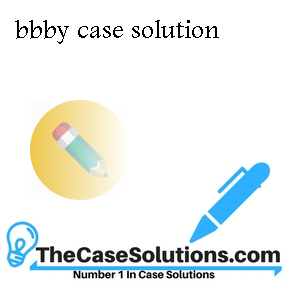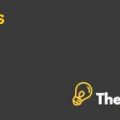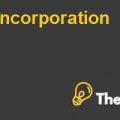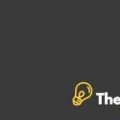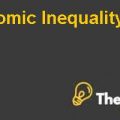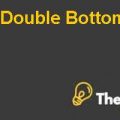INTRODUCTION
The operations of Bed Bath & Beyond (BBBY) Company were initiated by Leonard Feinstein and Warren Eisenberg in the year 1971. The company became listed on NASDAQ in the year 1992, through an Initial Public Offering. Since the company became public, it is generating impressive returns for the company’s equity investors. Since its inception, the company had achieved significant growth and expanded the operations significantly. Till 2003 almost 575 stores were operational.
The company had a strong cash position, through which the company had also financed most of its acquisitions However, it was in the year 2003 that the management of the company realized that holding excess cash was deteriorating over the return for the equity investors. The company was therefore considering revising its capital structure by incorporating debt in the capital structure.
PROBLEM STATEMENT
The key problem that was being faced by the company at the end of the fiscal year 2003 was that the company was holding excessive cash in its hand and this excessive cash was deteriorating the returns of the equity holders of the company. The company was now, however, considering to revise the capital structure of the company to improve the return to its equity holders and also increase the earning per share of the company. To revise the capital structure of the company the management is considering repurchasing the shares of the company by $ 400 million of excess cash and a debt issue equal to the value of $ 636.6 million. The optimal capital structure for the company has to be identified and recommended to the management.
ANALYSIS
Bed Bath and Beyond has been performing tremendously over the past years. Initially the returns for the stockholders and their earning per share were very high and over the years the company had generated excess cash which is shown on the balance sheet of the company. If this excess cash is not handled now it will result in lower returns for the equity investors in future and also lower the earning per share of the company. Therefore, the company needs to adopt a suitable policy related to the capital structure of the company so that the firm value increases and the returns of the shareholders also increase so that they do not divest their investments.
OPTIMAL CAPITAL STRUCTURE
The balance sheet of the company shows that the company has the capacity to issue around $ 636.6 million of debt and also it has excess cash of $ 400 million. The company could use these both to repurchase the shares of the company. This would enhance the return on equity and also the earning per share of the company. Apart from that, different capital structures have been considered based on different amounts of debts to be borrowed, including 20%, 40%, 60% and 80% debt to capital ratio. If the company goes for each of these options, thenn the value of debt raised would be $ 318, $ 636, $ 954 and $ 1270 million respectively. If the company goes to issue the debt, then the company will enjoy the tax advantages on the interest payments. The tax shield of the company will increase the value of the firm and its profitability. However, the interest coverage ratio of the company will increase as the level of debt increases in the company at the current interest rate of 4.5%. Therefore, the company’s cost of capital will increase in the future and it might also face problems in the future to raise loans.
The calculations in the excel sheet show that if the company issues 20% of debt then it could repurchase around 19410 shares of the company and if it issues 40%, 60% and 80% it can repurchase 28009, 36608 and 45135 shares of the company respectively. As the level of debt increases in the capital structure of the company it can be seen that the earnings per share of the company also increases with 1.44 earnings per share and $ 1.39 diluted earnings per share at a debt to capital ratio of 80%.
GRAPH 1:
Also, if the company increases the debt in its capital structure, it would increase the return on equity for the shareholders of the company. Currently the return on equity is around 20%, however, the calculations shows that it increases with the increase in debt with a return on equity of 113% at 80% debts to capital ratio.......................
This is just a sample partial case solution. Please place the order on the website to order your own originally done case solution.

